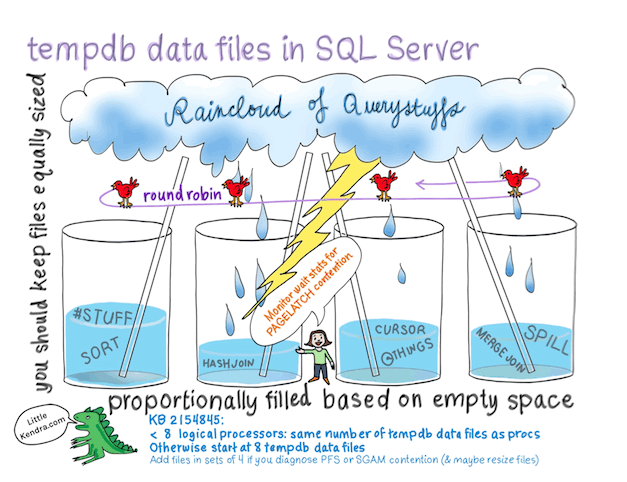Deadlock Code for the WideWorldImporters Sample Database
If you haven’t checked out Microsoft’s new WideWorldImporters sample database for 2016, it’s a pretty cool new little database. The database makes it easy to play around with new 2016 features, and it even ships with some cool little executables to run inserts in the “workload-drivers” folder.






